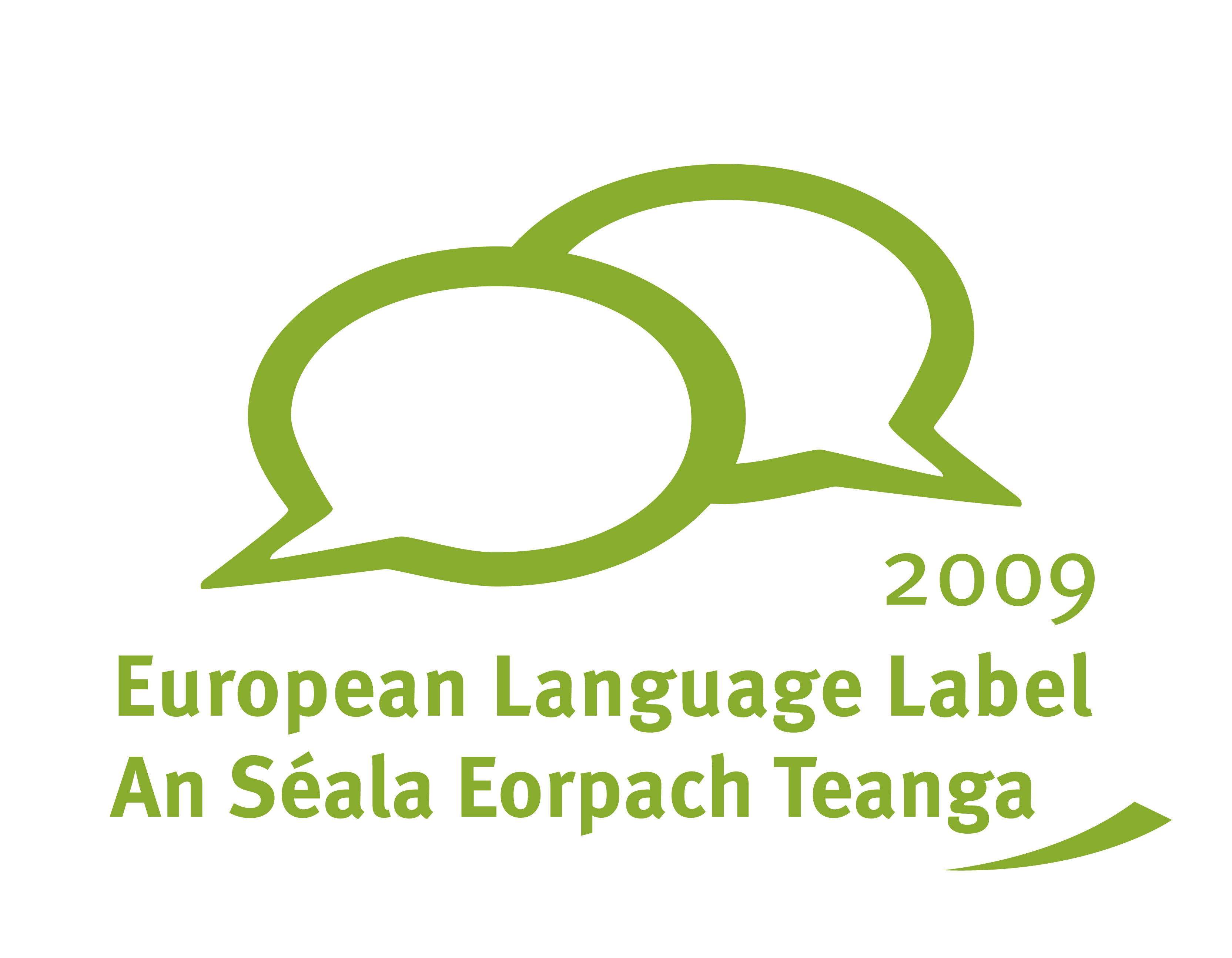Understanding and using the levels
What do the levels mean?
Using the Levels
1.1 What do the levels mean?
Language support
Language support is delivered to students across three progressive levels, A1, A2 and B1.
A1 is the lowest level and is the first target for newly-arrived students with little or no English. When students achieve B1 level across all the skills of language, they are ready for full integration into mainstream learning.
Broadly speaking the Levels may be interpreted as follows:
Level A1 |
Level A2 |
Level B1 |
Student has very basic proficiency which is limited to familiar words and phrases.
Spoken interaction demands support from the other person and responses are simple, often single words or short phrases.
Student can write short simple texts when provided with a model or other support. |
Student has some proficiency, generally related to areas of relevance and familiarity.
Can interact in simple and routine tasks on familiar topics
Student can use a series of phrases or sentences to describe, explain etc.
Student can write short notes and texts. |
Student has competent proficiency and can understand and respond to clear speech on familiar topics.
Student can connect phrases to tell a story or give an account.
Student can write simple connected text on a familiar topic. |
These levels relate to the first three levels of a six-point scale known as the Common European Framework of Reference for Languages (Ó Council of Europe see www.coe.int/lang).
Assessment levels
The three levels used for language support are also used by the Department of Education and Science for assessing the proficiency of non-English-speaking students and may be found in the Assessment Kit distributed by the DES to all post-primary schools (2009).
Level of activity
The level is indicated for each activity.
Level: All
Where Level: All is indicated, this means that the activity may be carried out by students across the range of proficiency (A1-B2) though, inevitably, the task will be carried out differently and have different outcomes.
Lower level students will work more slowly and require more teacher support. They should also be encouraged to access support themselves through use of dictionaries and textbooks.
Higher level students will work faster but will also be expected to demonstrate greater ability in the language – a larger range of vocabulary, more accuracy, more complex structures, ability to self correct and so on.
Level: A1 or A1/A2
Activities that specify these levels may also be used for students at Level B1. They can be very useful as short activities for higher level students, often as an introduction to a topic.
Level: A2/B1
Activities that specify these levels are not suitable for students at Level A1.
Mixed level classes
In a mixed-level class, it is important to realize that higher-level students will complete learning activities faster and it is necessary to have extension activities for progression.
For example: Completing text (Level A2/B1). This activity requires students to read a short piece of text and insert missing words which are provided in a Word Box. Students at A2 level may complete the first part of the activity while those at B1 level may proceed to carry out the second part which requires, for example, creating a short text or a number of sentences, labelling grammatical items, or learning about irregular verbs.
Assessment and teaching
The assessment kit distributed by the Department of Education and Science uses the three levels that appear throughout these resources. This means that teachers, having identified the level of proficiency of a student by using the assessment kit, can find classroom materials to match the student’s level of ability and learning targets. |



 Click here for a Report into
Click here for a Report into